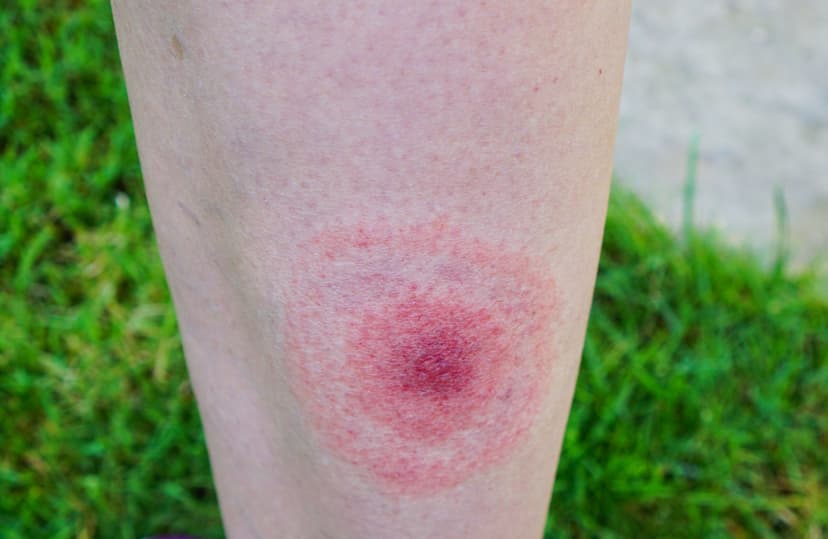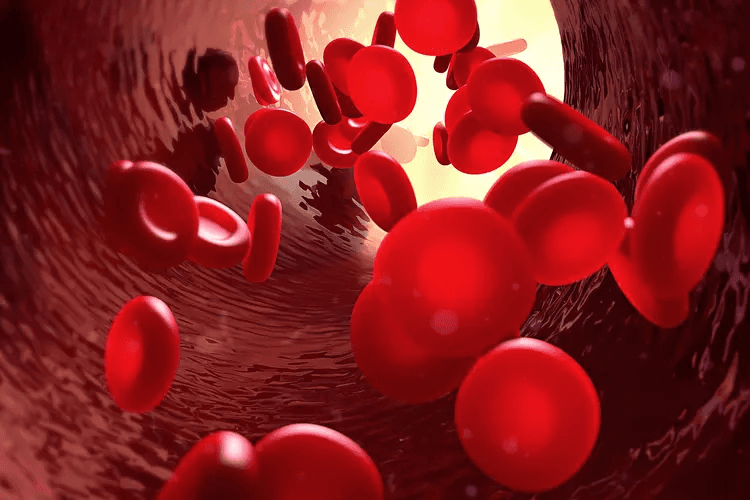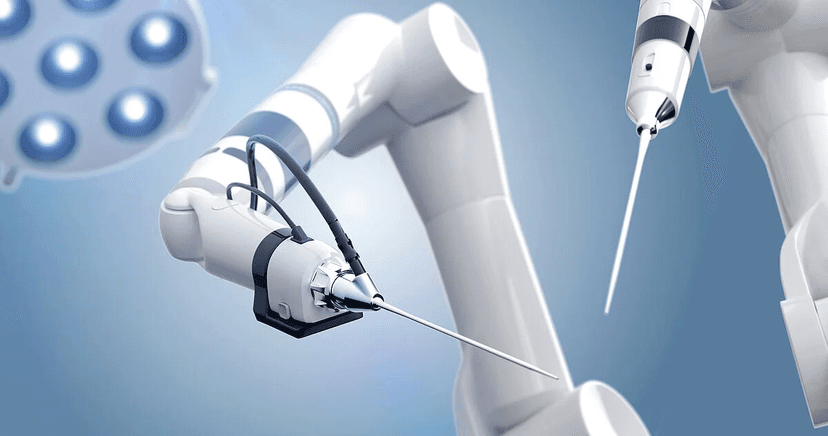Contents
Many patients look for alternative treatments for Lyme disease after completing antibiotic therapy but continuing to experience fatigue, joint pain, and cognitive difficulties. These complementary approaches aim to strengthen the immune system, repair cellular and tissue damage, and address chronic inflammation that persists even after the infection has been treated.
Antibiotics are effective at eliminating Borrelia burgdorferi during the early phase of infection. However, in later stages, persistent symptoms often result from immune dysregulation, toxin buildup, or co-infections that antibiotics alone cannot resolve. For this reason, a growing number of clinics integrate regenerative and holistic methods into their care protocols to improve long-term recovery outcomes.
Key points to understand:
- Persistent symptoms are frequently linked to immune dysfunction, tissue inflammation, or co-infections rather than the remaining bacteria itself.
- Stem cell therapy, hyperbaric oxygen therapy, and herbal protocols are among the most promising non-pharmaceutical approaches when applied in the correct clinical sequence.
- Selecting the right treatment depends not only on its effectiveness but also on timing, dosage, and the patient’s current immune condition.
- A clear understanding of how different therapies interact helps prevent complications such as over-detoxification or premature immune activation.
These combined strategies can help patients manage chronic Lyme disease more effectively, improving energy levels, reducing pain, and restoring immune balance over time.
What Actually Causes Lingering Symptoms in Lyme Disease?
Lingering Lyme disease symptoms often result from immune system dysregulation, unresolved inflammation, and impaired tissue repair rather than an active bacterial infection. Even after Borrelia burgdorferi has been eliminated, the body may struggle to restore balance, leaving patients with long-term effects on the nervous system, joints, and energy production.
Common persistent symptoms include:
- Chronic fatigue and low stamina
- Joint or muscle pain
- Cognitive difficulties or brain fog
- Sleep disturbances
- Sensitivity to light or sound
- Tingling or numbness in hands and feet
- Mood changes such as anxiety or depression
These symptoms reflect stress and dysfunction within specific biological systems rather than continued infection. For many patients, the issue lies in disrupted cellular recovery, lingering inflammation, or metabolic imbalance. Recognizing these root causes allows for more effective post-treatment Lyme disease management, guiding therapeutic strategies that focus on restoring immune balance, repairing tissues, and supporting long-term recovery.
What Are the Most Effective Alternative Treatments for Lyme Disease?
The most effective alternative treatments for Lyme disease are designed to manage chronic symptoms by supporting the immune system, repairing tissue damage, and enhancing the body’s ability to heal. These treatments are often used when antibiotics alone are not enough to resolve long-term symptoms like fatigue, pain, and cognitive dysfunction.
Below are the key categories of treatments used by practitioners and clinics with experience in persistent Lyme cases:
- Stem cell therapy
- Hyperbaric oxygen therapy (HBOT)
- Herbal and botanical protocols
- Ozone therapy
- Nutritional and mitochondrial support
- Ultraviolet blood irradiation
- Infrared and pulsed electromagnetic therapies
Each of these treatments targets a different part of the healing process. Some focus on increasing cellular energy, others on reducing inflammation, and some aim to restore immune balance. The best results are typically achieved when therapies are introduced in a specific sequence, depending on the patient's current condition and prior treatment history.
How Does Stem Cell Therapy Support Recovery After Lyme?
Stem cell therapy does not target bacteria directly; instead, it focuses on repairing the tissues and systems damaged by both the infection and the body’s immune response. This distinction is essential to understanding why the treatment works for patients who continue to experience symptoms even after eliminating the infection.
When introduced into the body, stem cells release growth factors and anti-inflammatory signals that promote healing and guide the immune system back to balance. These biological signals encourage tissue regeneration, reduce inflammation, and help restore coordination within the immune system. For Lyme disease patients, this process is crucial because tissue and nerve damage often remain long after the infection has been controlled. Stem cells play a restorative role, particularly in the joints, brain, and gut lining, where chronic inflammation causes long-term dysfunction.
Stem cells do not remain in the body for long periods. Their therapeutic effect comes from the molecular instructions they give to other cells, prompting repair and regulation. Timing is key. When used after inflammation has been reduced and detox pathways are functioning properly, results tend to be significantly better. If introduced prematurely, the therapy may fail to activate effectively.
Rather than serving as a standalone cure, stem cell therapy for Lyme disease works best as part of a structured sequence: preparation with nutritional and immune support, stabilization through inflammation control, and integration during tissue repair. This stepwise approach maximizes recovery potential and helps rebuild resilience after chronic infection.
Does Oxygen Therapy Work Against Persistent Lyme Symptoms?
Oxygen therapy supports recovery in Lyme disease by improving tissue function and altering the cellular environment in ways that make it difficult for bacteria to survive. Unlike antibiotics, it does not destroy bacteria directly. Instead, it increases oxygen concentration in body tissues, which weakens Borrelia burgdorferi, the pathogen responsible for Lyme disease, and enhances overall cellular health.
Borrelia thrives in low-oxygen environments such as cartilage, connective tissue, and certain regions of the brain. When oxygen levels rise during hyperbaric oxygen therapy (HBOT), the bacteria’s ability to survive and replicate diminishes. However, the therapeutic effects extend beyond microbial suppression. Elevated oxygen levels also strengthen mitochondria, the cell’s energy producers, which are often impaired by infection and inflammation. This leads to improved energy metabolism, detoxification, and cognitive function.
While many treatments aim to kill pathogens directly, oxygen therapy works by transforming the body’s internal environment. By raising oxygen saturation, it restores normal cell function, reduces inflammation, and makes tissues less hospitable to infection. This dual benefit—microbial suppression and metabolic repair—makes oxygen therapy a valuable supportive option in chronic Lyme disease management.
Are Herbal and Nutritional Therapies Truly Effective?
Yes—but only when they’re part of a coordinated approach based on physiology, not symptom-chasing.
Herbal remedies like Japanese knotweed and cat’s claw aren't just traditional folklore—they contain compounds that modulate immune responses and reduce microbial virulence. However, their effects are indirect. They don’t “kill” in the way antibiotics do; they change how the body hosts infections.
These herbs also improve blood flow, support liver function, and reduce oxidative stress. In a chronic disease model where toxicity and inflammation are deeply embedded, these actions make a difference.
Nutritional therapies fill in what's missing. Chronic infections deplete minerals like zinc and magnesium, which are vital for immune function. Mitochondria, which power every cell, need specific nutrients like B2, B3, and CoQ10 to recover from long-term illness.
This is why patients who “don’t respond” to treatment often start feeling better when their nutrient profile is corrected—not because they’ve cleared the infection, but because their system can finally handle repair and detox.

What Makes Radiation and Reactive Oxygen Therapies Different?
These therapies use controlled stress to trigger biological repair responses.
Ozone therapy and ultraviolet blood irradiation work on the principle of hormesis—a low dose of stress that stimulates a stronger adaptive response. In practice, this means they improve oxygen utilization, modulate immune overreactions, and help clear latent infections.Ozone, when administered correctly, creates a brief oxidative spike in the bloodstream. This stimulates the body’s antioxidant systems, which are often overwhelmed in chronic illness. As a result, systemic inflammation lowers, and tissue healing begins.
Ultraviolet therapy exposes blood to UV light, which has been shown to reduce circulating toxins and possibly affect microbial DNA. This isn’t a primary treatment for Lyme but can support broader recovery strategies—especially in patients with blood viscosity or poor microcirculation.
These therapies are not widely used because they require specific protocols and trained staff. But when used properly, they can shift patients out of stagnation—especially those who’ve plateaued after standard therapies.
Therapy Success Is Influenced by “Physiological Order”
A frequently overlooked insight in Lyme recovery is this: Therapies don’t fail because they don’t work—they fail because they’re introduced out of physiological order.
For example, applying immune modulators before clearing lymphatic congestion can make a patient feel worse. Similarly, starting antimicrobial herbs before repairing mitochondrial energy can provoke a relapse.
What works in theory doesn't always work in a living body—unless timing, sequence, and terrain are respected. This "order of operations" is often missed in protocols that treat Lyme as a single-issue infection rather than a systems-level disruption.
How A-Medical Can Help
A-Medical helps patients access evidence-based Lyme therapies in international clinics known for precision care. We arrange all logistics: airport transfers, accommodation, interpreter support, and clinical coordination. You can also schedule a free online consultation with the treating clinic before committing to travel—ensuring transparency and trust.
Our goal isn’t to push one treatment—but to help you find where your current protocol may be incomplete. Whether you need regenerative support, oxygenation therapy, or a full integrative program, A-Medical can help build a clear, custom path toward resolution.




